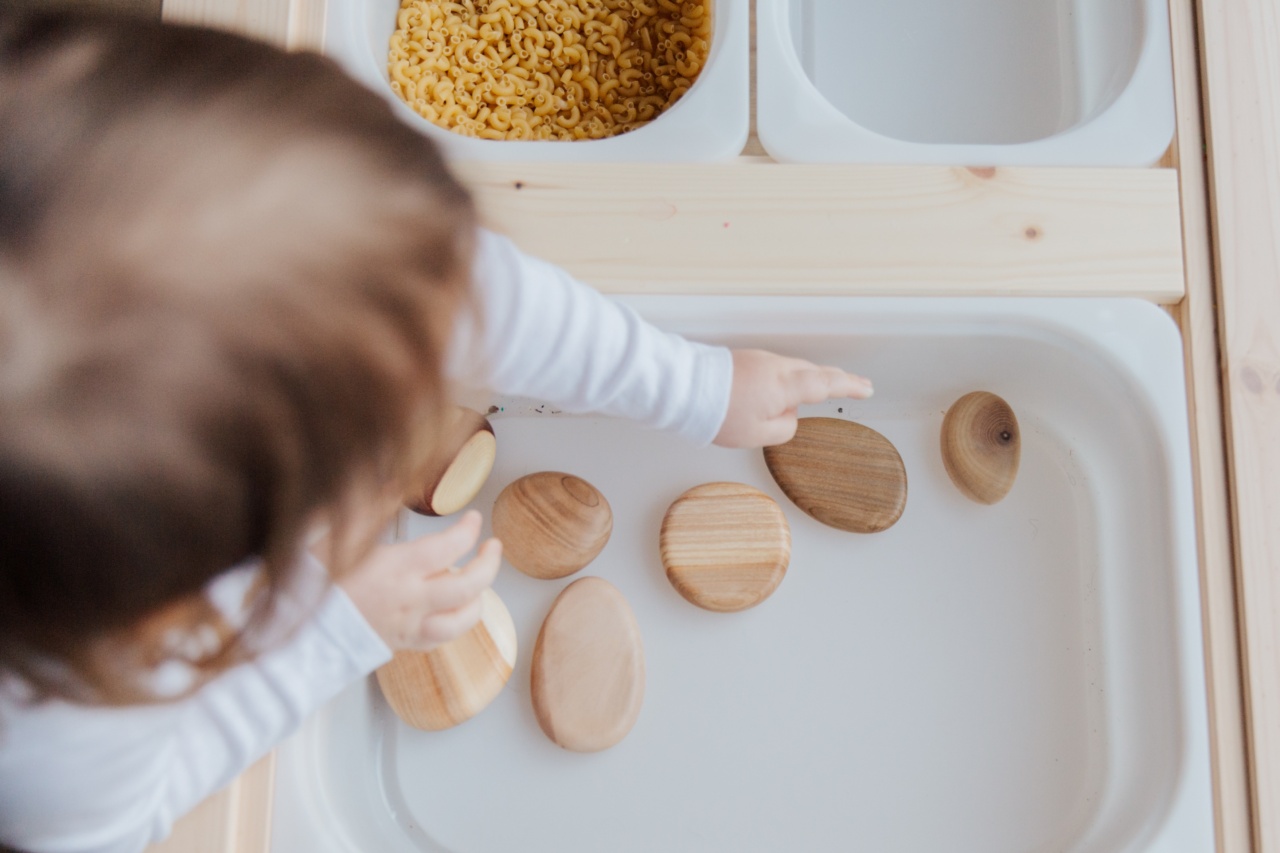Bones are a vital component of our body, providing structural support, allowing movement, and protecting vital organs. From the time of our birth, our bones undergo a constant process of growth and development.
In this article, we will discuss how a baby’s bones develop from infancy to childhood.
Infancy Stage
During the infancy stage, a baby’s bones are mostly made up of cartilage, which is softer and more flexible than bone. Cartilage serves as a template for bone growth and development.
As the baby grows and develops, the cartilage slowly begins to harden and transform into bone in a process called ossification.
Early Childhood Stage
During the early childhood stage, the ossification process continues, and the bones become stronger and more solid. The long bones, such as those in the legs and arms, grow rapidly during this stage, as does the spinal column.
The skull also undergoes significant growth, as the brain increases in size and the skull expands to accommodate it.
Middle Childhood Stage
During the middle childhood stage, the bones continue to grow and develop, but at a slower pace than during early childhood. The bone tissue becomes more dense and compact, and the bone marrow begins to produce more red blood cells.
This stage is crucial for the development of good bone health later in life.
Adolescence Stage
The adolescence stage is a time of rapid growth and development, both physically and emotionally.
During this stage, the bones grow rapidly, especially the long bones of the legs and arms, and the body undergoes significant changes, such as the onset of puberty. This is also a crucial period for the development of good bone health, as adolescence is the peak time for building bone mass.
Factors Affecting Bone Development
Several factors can affect a baby’s bone development, including genetics, nutrition, and physical activity. Genetic factors play a role in determining the size and shape of bones, as well as their density.
Nutrition is also essential for bone health, as bones require adequate amounts of calcium, vitamin D, and other nutrients to grow properly. Physical activity is also crucial, as bones become stronger and denser in response to weight-bearing activities such as walking, running, and jumping.
Common Childhood Bone Disorders
Some children may experience issues with bone development or bone health. Some common childhood bone disorders include:.
- Rickets: Rickets is a condition that occurs when a child’s bones do not mineralize properly, resulting in weak and soft bones. This can be caused by a lack of vitamin D or calcium in the diet.
- Osteogenesis Imperfecta: Osteogenesis Imperfecta, also known as brittle bone disease, is a genetic disorder characterized by bones that break easily.
- Scoliosis: Scoliosis is a condition in which the spine curves to one side, causing an abnormal posture or gait.
Conclusion
Bone development is a complex and ongoing process that begins in infancy and continues throughout childhood and adolescence. Adequate nutrition, physical activity, and genetics all play a role in determining a child’s bone health.
As parents, it is essential to ensure that our children receive proper nutrition and engage in regular physical activity to promote good bone health and development.































